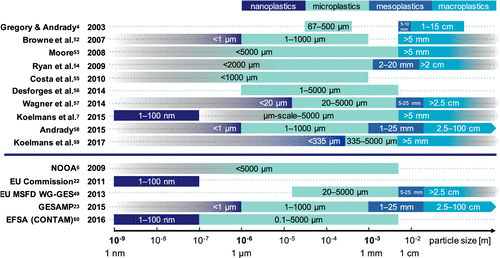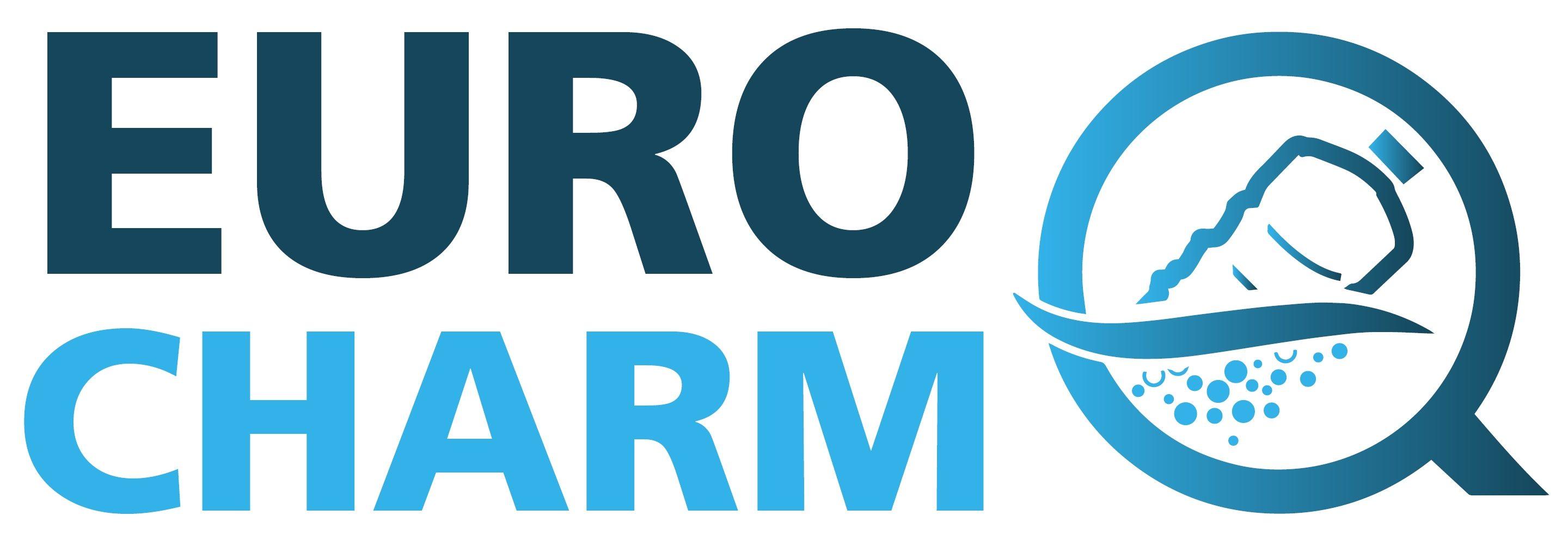Why this project?
Plastics have been one of the most important materials of the last century, enabling rapid technological and economic development and having an undeniably influential role in our society. Despite this, leakages of plastic debris to the environment have recently been identified as a major contamination issue. Approximately 4.8–12.7 million tonnes of plastics end up in the oceans each year (Jambeck et al., 2015) and an estimated 12,000 million tonnes of plastics waste are expected to accumulate in landfills by 2050 (Geyer et al., 2017). Plastic contamination in the environment is threatening terrestrial, freshwater and marine life both physically and chemically. This may have serious effects on ecosystems and human health – although the risks have not yet been quantified (VKM, 2019) – with corresponding economic losses estimated at $13 billion per year. Marine contamination has received much recent attention and some advancement have been made in establishing methodologies. Freshwater systems and the atmosphere, however, represent important compartments connecting terrestrial sources of plastic to the marine environment and attention must also addressed to these pathways to effectively tackle the global contamination issue (Geyer et al., 2017).

International governing bodies now consider plastics to be an issue of emerging concern. The environmental monitoring of plastics is positioned high on the agenda of countries and international organisations worldwide. European Union (EU) Member States and Regional Sea Conventions must ratify monitoring frameworks and instruments, including stringent environmental assessment practices according to national and regional circumstances.
To date, the plastic economy has been characterised by a lack of technical monitoring standards and coordination actions for plastic pollution monitoring across value chains and countries (GESAMP, 2019). As a result, data on the presence of plastics in the environment vary in regard to quality, resolution and focus, which compromises comparative assessments of contamination and limits confidence related to the impacts of plastic pollution (VKM, 2019; UNEP, 2016). To reach substantial improvements in environmental sustainability and socio-economic development, it is essential to undertake major actions for the evaluation and optimisation of plastic pollution monitoring and assessment. Efforts extending from national to global scales should be made to facilitate efficient risk assessment and environmental policy implementation.
We define harmonisation as: the development of a cluster of monitoring procedures including – sampling strategy, sample collection, handing and storage, sample preparation, analysis, quality assurance and control criteria, data management protocols – that provide cross-comparable data and are validated using certified reference material

Furthermore, harmonised methods are required to enable regulatory compliance by different private and public actors as well as to assess the effectiveness of environmental protection policies. To do so, robust and harmonised standards and recommendations are required. There is an urgent need to reinforce existing initiatives and improve coordination at pan-European scale.

Against this background, EUROqCHARM puts forward a multi-stakeholder approach to develop cost-effective monitoring strategies focusing on all environmental compartments (water, soil/sediment, air, biota) and targeting a broad size spectrum of plastics (nano-, micro-, macro-). EUROqCHARM takes an innovative approach, bringing together the existing plastic monitoring schemes within EU countries, and on the EU and global level, to facilitate improvements in plastic monitoring programmes and the realisation of European and international best-practices in the form of standards.
